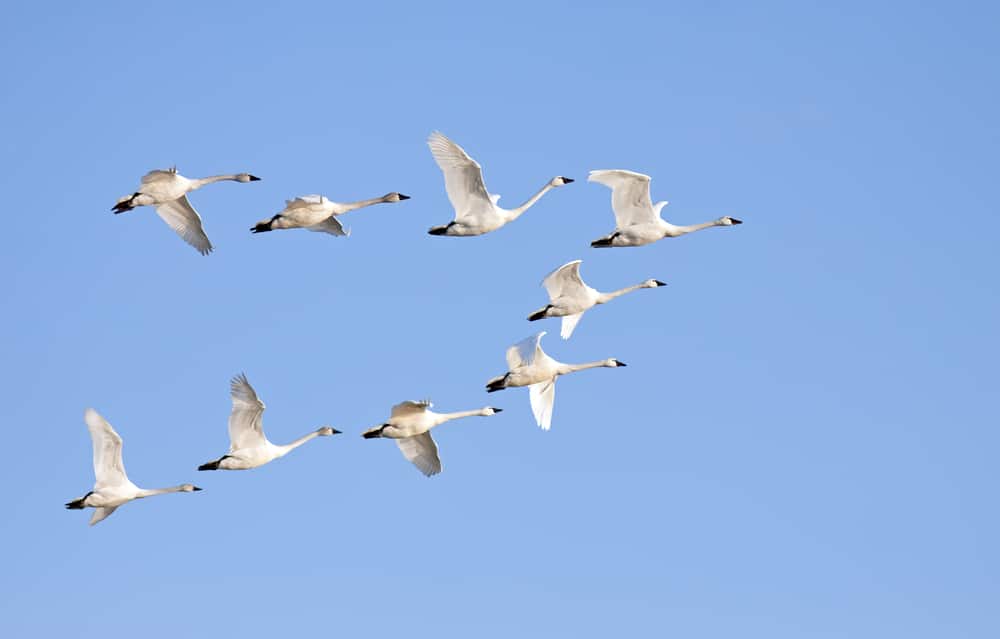One of the beauties of podcasting is that it’s a relatively “sticky” form of content. Once your podcast is set up and approved by all the popular directories you kind of can just publish and forget it.
But, what about those times when you want to (or heaven forbid Have To) move your podcast hosting provider?
We get lots of questions about the implications of this, what the process actually looks like, and how a service like Castos could help with that.
So let’s dive in.
Action
Read to start your own podcast? Learn the nitty-gritty details of starting your own show in our comprehensive guide. Learn how to start a podcast.
It’s all about the RSS Feed
In a previous post we discussed in detail what your RSS feed is and why it’s so important. Having a good understanding of your RSS feed, and the role it plays in the syndication of your podcast, is really important to this whole process of migrating your podcast from one location to another.
Essentially you can think of your RSS feed as the place where your podcast “lives” in the eyes of directories like Apple Podcasts, Stitcher, Google Podcasts, and Spotify.
These directories all Read information about your podcast as a whole and about each new episode you publish via your RSS feed.
Tip
You can find your podcast RSS feed using this free tool. You’ll need this later when you migrate your show to a new host or website.
When you’re setting up your podcast initially you’ll fill in information like the:
- Title
- Description
- Cover Image
- Categories
- Author Name(s)
- Language
- Copyright
these pieces of Meta information apply to your podcast as a whole.
Then each time you publish a new episode that episode is added to your podcast RSS feed as a new <item> for your listeners to download or stream.
When you look at moving your podcast from one location to another it is because of one of a few different reasons:
- Your RSS feed is based with your media host and you’re switching hosting platforms. An example of this would be moving from Libsyn to Castos when you don’t have a WordPress site and will be using your Castos based feed.
- Your RSS feed is based from your WordPress site (with a plugin like Seriously Simple Podcasting) and you’re moving website URLs. Such as moving from myoldsite.com to mynewsite.com
- You’re moving from a hosting provider based feed to your WordPress site based feed. In this scenario, your feed would be moving from a Libsyn based feed to a mysite.com/feed/podcast type of feed URL that is managed by Seriously Simple Podcasting.
In any event, the key with this migration is that we need to do a bit of work to exactly copy over all of the feed Meta information as well as all of the Episode data from your existing podcast feed.
Migrating your Feed Meta Information
These items like the Title, Description, Cover Image, etc. are all pieces of information that you can just copy/paste of from your original feed location to the new one.
Since there are just a few fields here it’s a pretty quick process.
Migrating your Existing Episode Information
Once you have your feed Meta information copied over from the original feed location to your new one it’s time to start working on bringing over all of those episodes and their associated media files.
Luckily if you’re using a tool like Castos and Seriously Simple Podcasting in your WordPress site this is all entirely automated and you can do it yourself in just a click of a button.
Check out our guide on migrating your podcast content here.
If you’re using another hosting provider you can check with them to see if they offer similar services, or if some of it can be automated within their systems.
The big picture goal with this migration is to create an exact replica of your existing podcast content and feed information in the New feed location. Again your feed migration might be:
- From one hosting provider to another
- From one WordPress site to another
- From a hosting provider to your WordPress site (or vice versa)
Regardless of the scenario the goal is still the same. Get an exact copy of the settings and information within your RSS feed from the Old location to the New one.
Redirecting your previous RSS feed
This is the scary part to a lot of people. And in some respects rightfully so. Don’t fret though, we’ve got you covered here.
Once you have your existing podcast information migrated from the Original location to the New location it’s time to tell places like Apple Podcasts, Stitcher, Spotify, and Google Podcasts that they need to look in the New Feed Location now instead of in the Old Feed Location.
Since we know that the feed URL itself is the “thing” that these podcasting directories read to tell information about your show it makes sense that we will now just tell them to look at our New feed URL instead of where they were looking previously.
To do this we will set up a Redirection of your Previous feed TO your New feed URL. This is just a fancy tech term to tell places like Apple Podcasts that instead of looking Here (your original feed URL) for your podcast, go look over There (your new feed URL).
Impact of Redirecting Your Feed On Subscribers and Listeners
Redirecting your feed will ensure that all of you podcast subscribers and history on podcasting directories like Apple Podcasts will remain intact. Since this is the root of where your podcast is drawn from making the change at this level will propagate across all the various end listening sources for your audience.
In redirecting your feed you WILL NOT lose any subscribers if done correctly.
Also, if you simply redirect your feed from the old URL to the new feed URL you Do Not need to resubmit your podcast to Apple Podcasts, etc. The same listing of your show is perfectly fine, we’re just telling these directories where they can pull information about your show from.
How to Redirect Your Podcast RSS Feed
Now let’s ensure that your podcast is set up to redirect correctly. Here’s a checklist we like to follow when we’re helping customers migrate their feed from a different platform to Castos.
- Set up the new feed with the exact same details as the previous feed. These are things like the Show Name, Description, etc.
- Import your existing podcast content to the new platform or feed location
- Test the new feed URL in both castfeedvalidator.com and podba.se. We like using both of these feed validators because they both show slightly different information about your show/feed
- Once you’re happy that all of that looks good then Redirect your Old feed URL to the New feed URL. This is almost always done in the platform of your Old Feed (i.e. your old hosting provider or website) in a field named “New Feed URL” or something similar.
- To test the redirection is in place you can copy the Old feed URL and paste it into your browser address bar. When you hit Enter on that URL it should automatically redirect you to the new feed URL.
Once you’re happy that your new feed is redirected properly you’ll want to leave that Old feed location active for another 2 weeks. This will ensure that all podcast directories and apps have the New feed location in their system. Then you can cancel those old hosting accounts.
Wrapup
We’ve covered a lot of ground when it comes to redirecting your podcast RSS feed and migrating your podcast from one platform to another. In the end, the thing to remember with this is that we want to create an exact copy of our existing podcast content in the new platform, and then just Redirect the feed URL we were using before from the old location to the new one.
Any questions on how to implement this drop a comment in below, we’re happy to help out however we can.




Hi Craig, Great Article! Just had a question about what you said in the last line, “This will ensure that all podcast directories and apps have the New feed location in their system. Then you can cancel those old hosting accounts.”
Does this mean the redirect on the old hosting account was just so that the directories update themselves? And that these directories will never go to the old hosting site looking for my podcasts, and are “hooked” on this new RSS feed generated from my new hosting account once updated? The redirect on the old hosting site is just a temporary signboard, which is redundant once all directories know where to reach my podcasts?
Just wanting to know the process better. Thank you anyways for such articles you people put out!